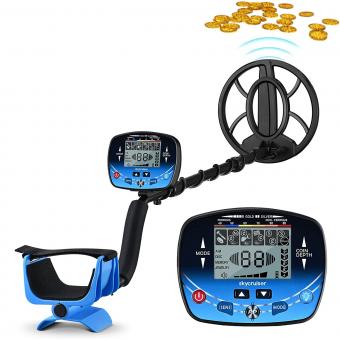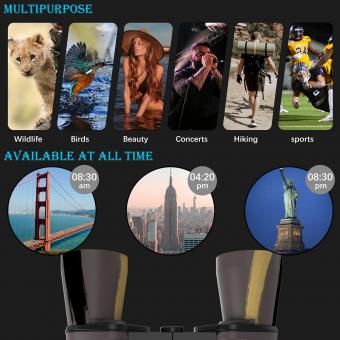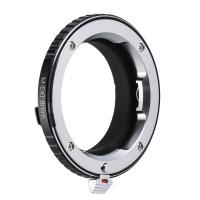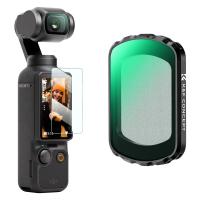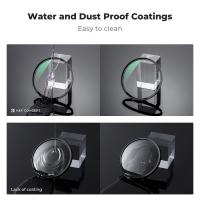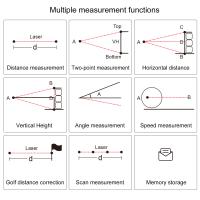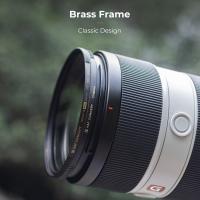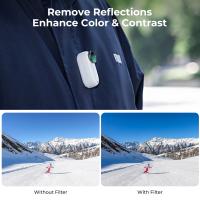How Do You Buy Binoculars ?
To buy binoculars, you can follow these steps:
1. Determine your budget and the purpose of the binoculars (e.g. bird watching, hunting, stargazing, etc.).
2. Research different brands and models online to compare features, specifications, and customer reviews.
3. Visit a local store that sells binoculars to try them out and get a feel for the weight, size, and comfort of different models.
4. Consider the magnification and objective lens size, as well as the field of view and exit pupil diameter.
5. Look for additional features such as waterproofing, image stabilization, and lens coatings.
6. Make your purchase either in-store or online, depending on your preference and the availability of the model you want.
1、 Magnification and Objective Lens Diameter
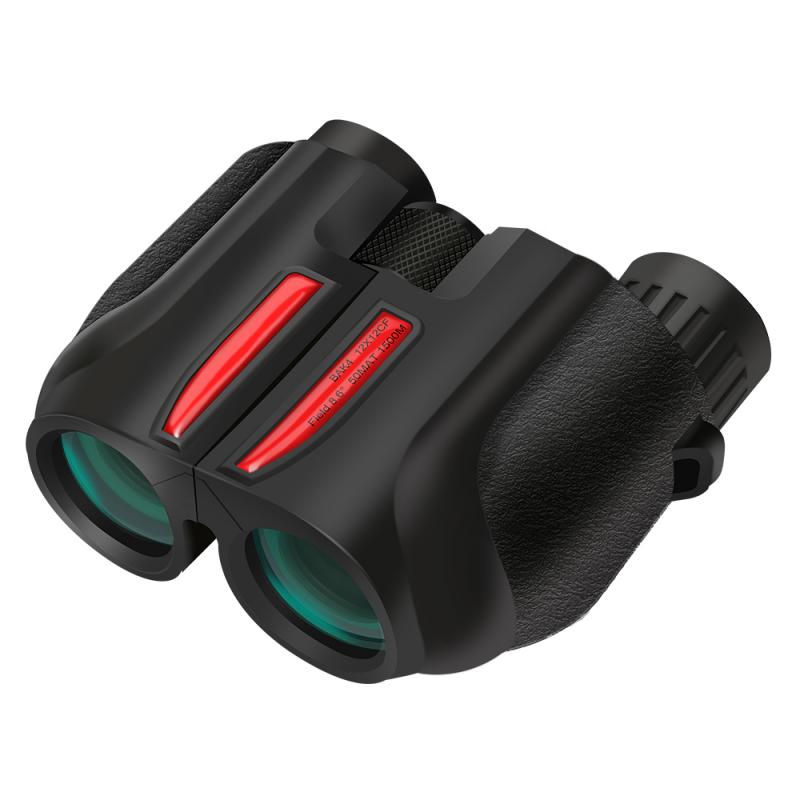
How do you buy binoculars? When it comes to purchasing binoculars, there are a few key factors to consider. The first is magnification, which refers to how much closer the binoculars can make an object appear. Common magnifications for binoculars range from 8x to 12x, with higher magnifications providing a closer view but also making it more difficult to keep the image steady.
Another important factor is the objective lens diameter, which refers to the size of the front lenses on the binoculars. A larger objective lens diameter allows more light to enter the binoculars, resulting in a brighter and clearer image. However, larger lenses also mean heavier and bulkier binoculars.
Other factors to consider when buying binoculars include the type of prism used (roof or porro), the quality of the optics, and the durability and waterproofing of the binoculars.
In recent years, there has been a growing trend towards compact and lightweight binoculars, which are easier to carry and use on-the-go. Additionally, many binoculars now come with features such as image stabilization and smartphone compatibility, making them even more versatile and user-friendly.
Ultimately, the best binoculars for you will depend on your specific needs and preferences. It's important to do your research and read reviews before making a purchase, and to consider factors such as magnification, objective lens diameter, and additional features.
2、 Prism Type

How do you buy binoculars with Prism Type? When it comes to buying binoculars, one of the most important factors to consider is the prism type. There are two main types of prisms used in binoculars: roof prisms and Porro prisms. Roof prisms are more compact and durable, while Porro prisms offer better image quality and a wider field of view.
To buy binoculars with the right prism type, you need to consider your intended use. If you're looking for a pair of binoculars for birdwatching or other outdoor activities, a roof prism design may be more suitable. These binoculars are more compact and lightweight, making them easier to carry around. They're also more durable and resistant to damage from drops and impacts.
On the other hand, if you're looking for binoculars for stargazing or other low-light conditions, a Porro prism design may be a better choice. These binoculars offer better image quality and a wider field of view, making them ideal for observing distant objects in low-light conditions.
When shopping for binoculars, it's also important to consider the quality of the prisms themselves. Look for binoculars with high-quality prisms made from materials like BaK-4 glass, which offer superior image quality and clarity.
In summary, when buying binoculars with Prism Type, consider your intended use and choose a prism type that best suits your needs. Look for high-quality prisms made from materials like BaK-4 glass for the best image quality and clarity.
3、 Coatings and Image Quality
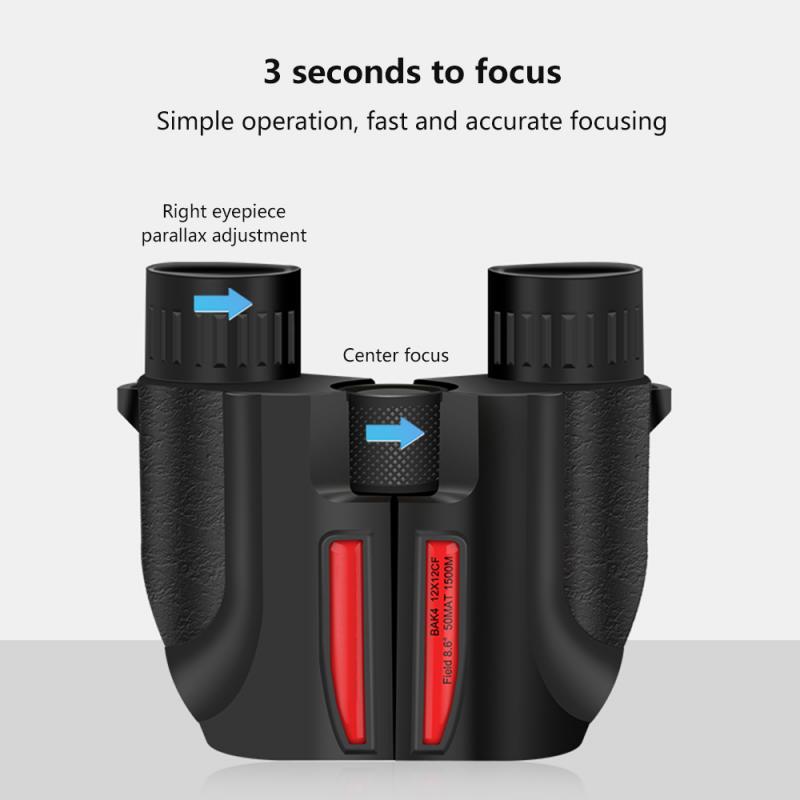
Coatings and Image Quality are two important factors to consider when buying binoculars. Coatings refer to the layers of material applied to the lenses to improve their performance. The most common coatings are anti-reflective coatings, which reduce glare and improve image clarity. Other coatings include waterproof and fog-proof coatings, which protect the lenses from moisture and prevent fogging.
Image quality is also an important consideration when buying binoculars. The quality of the image depends on several factors, including the magnification, objective lens size, and the quality of the lenses and coatings. Higher magnification and larger objective lens size generally result in better image quality, but they also make the binoculars heavier and more expensive.
When buying binoculars, it is important to consider your specific needs and intended use. For example, if you plan to use your binoculars for birdwatching, you may want to prioritize image quality and choose a model with a higher magnification and larger objective lens size. On the other hand, if you plan to use your binoculars for hiking or travel, you may want to prioritize portability and choose a model that is lightweight and compact.
In recent years, there has been a trend towards using digital technology in binoculars. Some models now include built-in cameras and image stabilization technology, which can improve image quality and make it easier to capture photos and videos. However, these features also add to the cost and weight of the binoculars, so they may not be necessary for all users.
4、 Field of View and Eye Relief
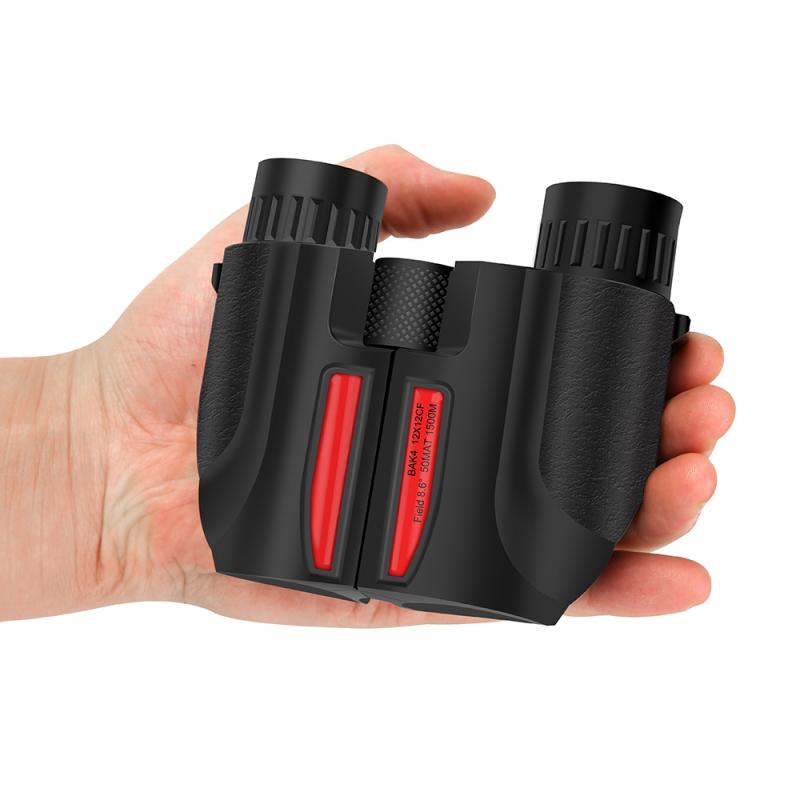
How do you buy binoculars? When purchasing binoculars, there are several factors to consider, including magnification, objective lens size, field of view, and eye relief. Field of view refers to the width of the area that can be seen through the binoculars, while eye relief is the distance between the eyepiece and your eye that allows you to see the entire field of view.
When it comes to field of view, a wider field of view is generally better for bird watching, wildlife observation, and other outdoor activities. However, a wider field of view may come at the expense of image quality, so it's important to find a balance between the two.
Eye relief is also an important consideration, especially for those who wear glasses. A longer eye relief allows for comfortable viewing with glasses on, while a shorter eye relief may require the user to remove their glasses for optimal viewing.
In recent years, there has been a trend towards binoculars with higher magnification and larger objective lenses, which can provide clearer and brighter images. However, these binoculars may also be heavier and more expensive, so it's important to consider your specific needs and budget when making a purchase.
Overall, when buying binoculars, it's important to consider your intended use, as well as factors such as field of view and eye relief, to ensure that you choose a pair that meets your needs and provides a comfortable viewing experience.










